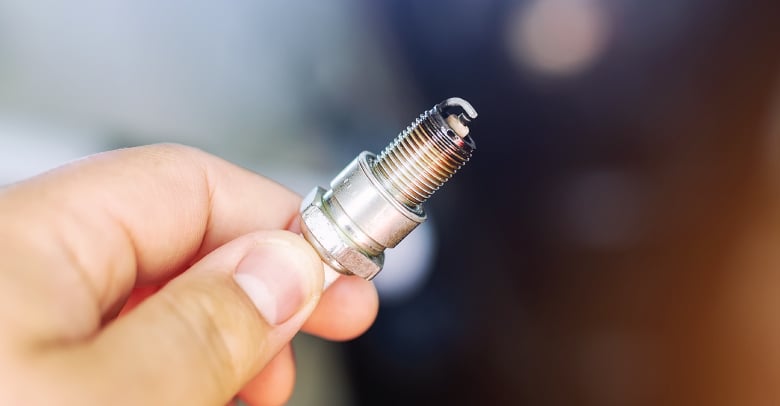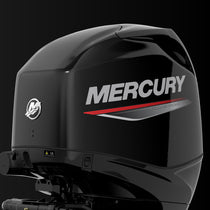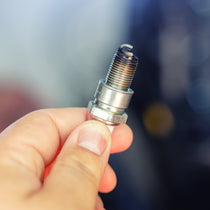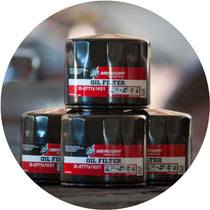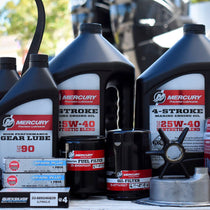The Mercury spark plugs and compression 100-hour service step begins by removing any plastic covers covering your spark plugs or ignition coils. Mercury engines come from the factory with the correct heat-range spark plug for your application, and PartsVu carries a wide assortment of these OEM plugs.
Shop Recommended Products
For most applications, the spark plugs come pre-gapped, but it is advisable to re-check gap to make sure that plugs were not damaged during manufacturing or shipment.
While removing the old spark plugs, keep track of which plugs come from which cylinders.
- Note if the plug appears to be wet from water, oil, or gasoline.
- Note if the plug exhibits evidence of heavy carbon deposits or other fowling as well as any rust – all indicative of problems.

If you were to take your engine to a dealer for your 100-hour service, they would perform a compression test by connecting a compression gauge to the individual cylinders and using the starter motor to turn over the engine. By measuring the engine’s ability to pressurize the cylinder, you can glean information about the condition of the engine internals. To perform this test at home, you will either need a remote starter button, or a friend who can turn the ignition key with the kill lanyard removed.
This cranking with the ignition disabled will also prime the fresh oil around the block, reducing friction at startup after the service. Repeat testing for all cylinders and compare results. Readings will vary from gauge to gauge, so the test is more about measuring the difference in readings with ideal results being less than 10 percent variance.
After the compression test is completed – or skipped – you can now begin installing your new spark plugs. For ease of future removal and to reduce the risk of thread damage to the cylinder head, apply a tiny amount of anti-seize compound to the threads of the plug. Use care to avoid contacting the electrode or porcelain center of the plug. Thread the plugs into the cylinder head by hand using caution not to cross thread.
Most modern spark plugs use a crush washer that will press down and provide a tight seal as you tighten. Full torque is between 18-21 ft. lbs. Reinstall the plug wires or coils in the same order they came off. Mercury's service manual recommends using Loctite 271 (Red High Strength) on the bolts that hold the pencil coils over the spark plug, but we find Loctite 242 (Blue Removable Strength) might be a better choice.
What’s a Spark Plug Gap?

A spark plug's tip temperature and the voltage necessary to fire the plug are directly affected by the gap setting. Most manufacturers set the gap from the factory for that plug's most popular application. Unfortunately, that plug may have hundreds of applications from automobiles to golf carts. Setting the gap for your particular engine is vital as insufficient spark plug gap can cause pre-ignition, detonation, and even engine damage. Too much gap can result in a higher rate of misfires, loss of power, plug fouling, and poor fuel economy. NGK spark plugs come from the factory pre-gapped for your Mercury outboard.

